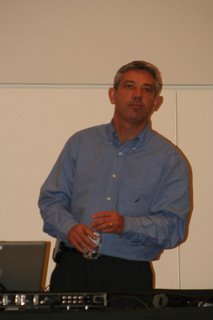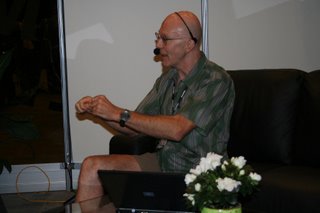Undo
Retrieving data from the database and changing the data is really easy. But what, if the user changes data and want to do an UNDO?
Doing a new query is the easiest way. The limitations are:
- in a multi-record-block you have to position in the correct record after the query
- if the query was executed via ENTER-QUERY mode you can't jump to the old record because the query-result has changed.
So you have to use a new technique.
The solution is this function. All database-items get their old values back:
PROCEDURE Undo IS
V_Block VARCHAR2 (30) := :SYSTEM.CURSOR_BLOCK;
V_Field VARCHAR2 (61);
V_Item VARCHAR2 (61);
BEGIN
Validate (Item_Scope);
IF :SYSTEM.RECORD_STATUS = 'CHANGED' THEN
V_Field := Get_Block_Property (V_Block, FIRST_ITEM);
V_Item := V_Block || '.' || V_Field;
WHILE V_Field IS NOT NULL
LOOP
IF Get_Item_Property (V_Item, ITEM_TYPE)
IN ('DISPLAY ITEM', 'CHECKBOX', 'LIST',
'RADIO GROUP', 'TEXT ITEM')
AND Get_Item_Property (V_Item, BASE_TABLE) = 'TRUE'
THEN
COPY (Get_Item_Property (V_Item, DATABASE_VALUE),
V_Item);
END IF;
V_Field := Get_Item_Property (V_Item, NextItem);
V_Item := V_Block || '.' || V_Field;
END LOOP;
END IF;
END;
Best practice is to start this undo-procedure from a menu (e.g. EDIT - UNDO) or handle it through a shortcut.












